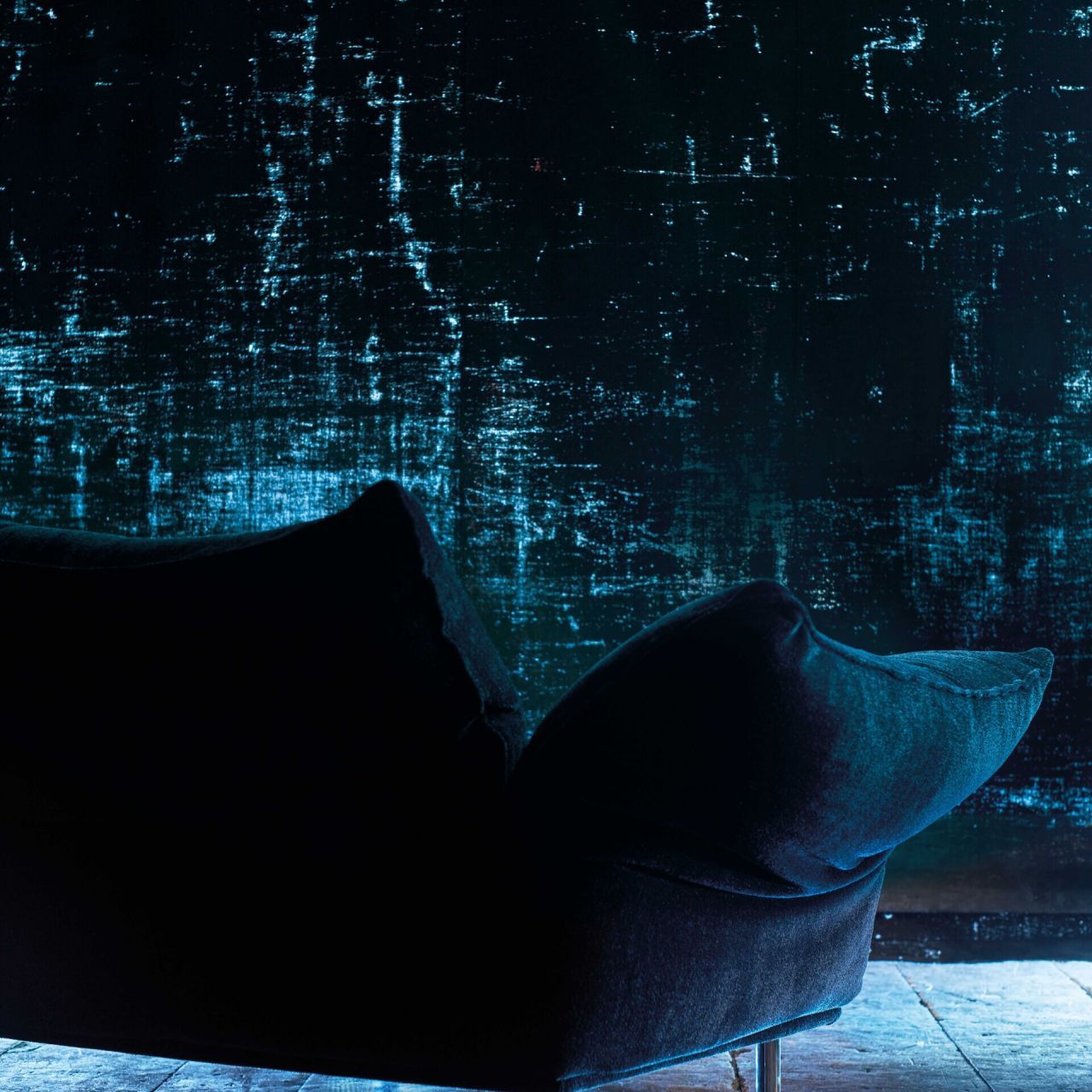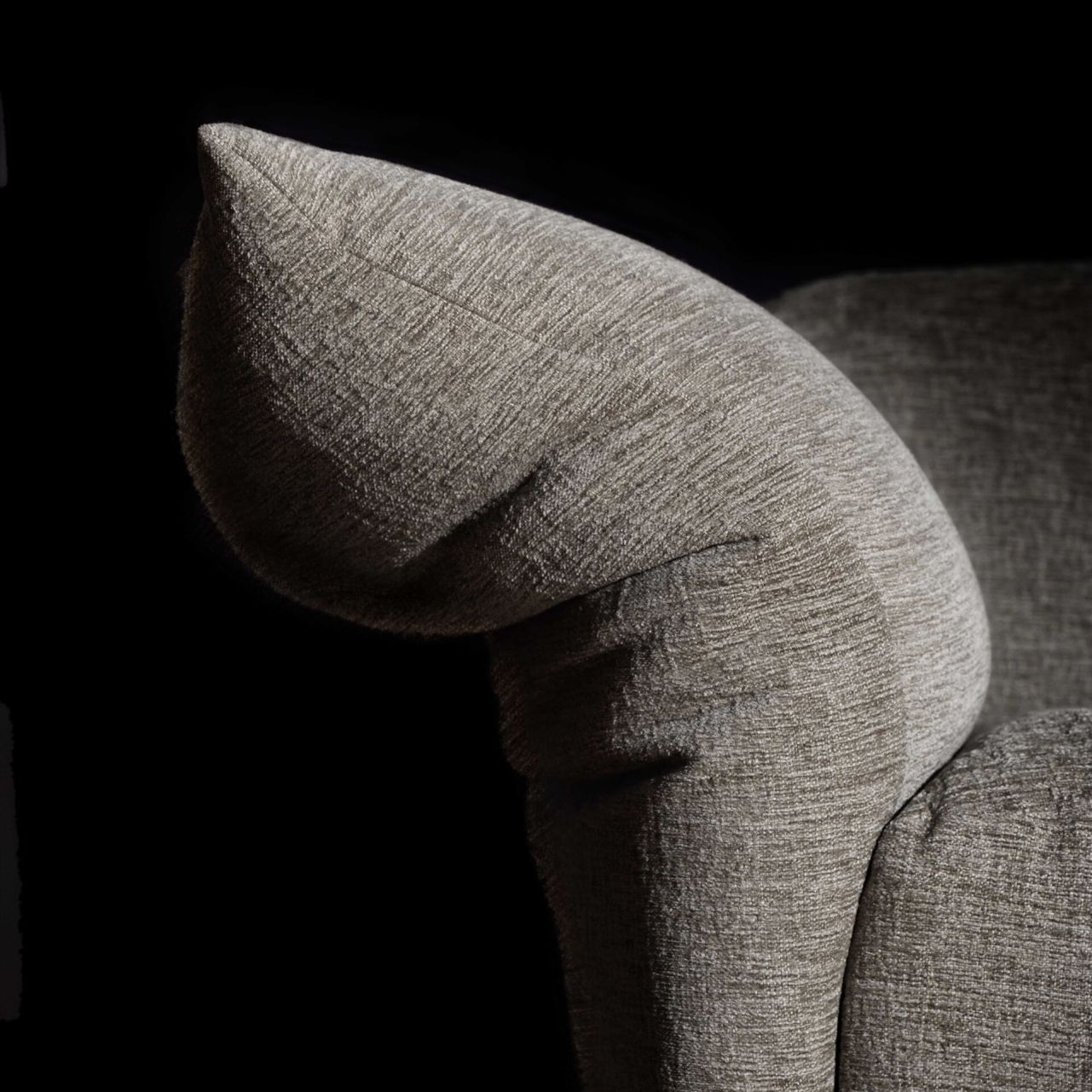
October 2023
Pierluigi Masini
Matter, Senses, Thought.
Botticelli painted La Primavera around 1482. The painting was meant to celebrate the good government of Florence and represent the Neo-Platonic thought of Marsilio Ficino and Pico della Mirandola. In the painting, Flora, pregnant and wearing a dress covered in flowers, represented Florentia - an allegory of Florence, the city where the arts flourish.
Some may be wondering: why are we talking about Botticelli here? Because we know from an inventory of assets in 1499 that the work was placed on a pinewood chest with a back panel. The painting had cost one hundred lire, the chest eighty-four, only sixteen lire less than a priceless masterpiece. At that time, buying a pinewood chest or a Botticelli painting made little difference: Botticelli was then an established (and undoubtedly underpaid) painter.
I started from the study of these motivations to investigate the relationship between art and design, in the specific meaning that we usually give to the latter in Italy, where it is not linked to the world of plans and projects tout court but to the specific sphere of furniture. I want to focus on the differences, that deep gap that originated in the Romantic era. But first, I think it is helpful to reflect on the concept of use, which in fact separates art from furniture, and introduce the subject of materials as a distinctive element of the latter.
The word ‘materials’ comes from the Latin ‘materia’ (meaning ‘matter’); it has the same physical, solid, concrete root. Subject to gravity. But it is a more specific, differentiated term, the plural indicating that there are already many variants, that we are in the presence of a world that had been studied and classified even before Linnaeus. Instinctively, when talking about materials, in our brain we activate a sharp separation that leads us to distinguish material things from immaterial things, tangible things from abstract things; human, worldly things from the divine, philosophical, and speculative things. A dualism that separates the sphere of the senses from that of thought. Material things are practical and functional. They are made to be used. The others are reached with the mind. In the case of visual arts, however, we move from one of the senses - as the name indicates.
The function of art is aesthetic; the aesthetic of furniture is functional. I think that at the time of Lorenzo the Magnificent, who was an intellectual even before being the Lord of Florence, things were not so clear-cut. In his vision, art and furniture, like literature and music, could combine to create an atmosphere of pleasant gratification for the evolved Man. That is, for those who wanted to elevate themselves from a condition of pure materiality and set out on the path of the spirit. Aesthetic contemplation on the one hand, and everyday function on the other, responded to the same need for harmony and beauty. They were parts of a single plan, without definite connotations of value: without being pigeonholed into the high and low culture, which sometimes is referred to as material culture.
The transition from the sphere of art to that of furniture has a marked borderline, expressed in particular by one of our senses: touch. You don't touch art; you just admire it. Design objects are touched and used. At first, we use our sight to read shape and colour. Immediately afterwards, we touch it to try to understand how that piece of furniture, that sofa, lamp, table or bed, has been crafted and what feeling it gives us. In an interview, Ettore Sottsass said that “touching a laminate surface is such a sensory thrill that it starts to get interesting”. And he was referring to laminate, an unnatural but smooth element, without sharp edges, without texture. Faced with the weave of a fabric or the workmanship of a piece of furniture, the shivers can only multiply. Finally, in addition to the touch, there are objects we can sit or lie down on, experiencing fluctuations in our well-being and taking the time to compare them with those stored in our memory. So, when it comes to sofas and armchairs, we have a very extensive and sophisticated instrument of analysis at our disposal: our body, the ultimate judge of our choices.
Looking back on its history, Edra has chosen to carve out a perimeter of aesthetic reality linked to the concept of beauty joined with technology, seeking continuous innovation in materials to ensure maximum comfort. Edra achieves this through the skilful hybridisation techniques of high-tech materials, which are taken from different fields and transformed - as is the case with Gellyfoam® from the medical field, which has become one of the company’s exclusive patents. Or by using polycarbonate artistically, in ways that are evocative of inner stages of pleasure - as in Jacopo Foggini's recent A'mare collection, in which bars of an unprecedented transparent blue evoke the coolness of seawater (and immediately put one in a good mood).
The theme of textiles becomes central in the realisation of Edra products. In particular, for Monica Mazzei. She loves to immerse herself in this world to experiment and innovate. Her sound experience, developed over the years, has given rise to an ever-evolving corporate library of materials ranging from fabrics that are bearers of ancient traditions - once woven on a loom, such as brocade, velvet, chenille - to hyper-technological materials such as Lurex. Not overlooking the leather universe with its uniqueness, warmth, wrinkles and different printed finishes. Tuscan tradition has always excelled in craftsmanship. In Edra, this is flanked by sophisticated laser processing: all with an eye to the sartorial detail of the stitching, the broguing, and the manual final touch. The resulting product is the sum of the single parts of an accurate manufacturing process. The starting point is always the consideration of upholstery as a structural element, an integral and indispensable part of the project, and never as an accessory.
The research approach starts from the observation of the usage behaviour of the end user and goes on, consequently, to find the most suitable solution to ensure the specific desired result. Textured fabrics are used to achieve full-bodied effects, as in On The Rocks. Others have to guarantee robustness and strength to match the imposing dimensions of the sofa as in the Grande Soffice. The search for the most suitable materials also includes intrusions into diverse areas, intelligently importing materials used in sportswear or for exhibitions. Materials which are borrowed and elaborated to be delivered to a different audience. This broad vision is contaminated, as is typical of the artistic process, combined with great attention to the palette and customisation.
But that is not all. For Edra, the choice of materials must fulfil the promise of manufacturing furniture that defies time, to be handed down to those who come after us.
Art and design, at the highest level of their symbolic representation, are structural parts of the contemporary narrative. They express the power of the sign that affects reality
They are bearers of semiotics that is representative of the elements and values of our time. But they are not limited to this: they respond to needs we well know from the advent of post-modernism, proposing universally accepted codes. Consequently, even the language of objects has become koiné. The design world runs the risk of moving, almost unconsciously, from the real sphere of objects to the imaginary sphere of signs, thus reaching the excessive theatricalization of domestic equipment - as Le Corbusier called furniture with no apparent affection. A kind of reverse Metaverse, built on reality rather than in an imaginary world.
Actually, this trend betrays the spirit of design, which - as Andrea Branzi teaches - was born with the man as a response to his needs. Just think that most objects we have been using since time immemorial have no established paternity. Do we know who invented the fork? The comb? The chair? No. And the list is endless. Achille Castiglioni loved collecting anonymous design objects he proudly displayed to his students. He talked more about them than about his own.
Certainly, when the functionality of the sign exceeds that of its use, when one no longer works with almost spasmodic attention on the product but first and foremost on the communicative elements it expresses, the warning from fifty years ago by the philosopher and art critic Dino Formaggio "Art is whatever people call art" comes in handy. He warned against the risk that art would also become detached from people's lives and society by losing its full aesthetic function. Paraphrasing this assumption, at this point one wonders: then, what is everything that people call design?
In conclusion, working on a reverse recognition level, Edra knows what is not design in their opinion. And in the company’s chosen field, it appears by contrast that it wishes to recover that Renaissance atmosphere of total harmony between art and high craftsmanship in which it is nice to lose oneself, looking back over a very long history.
 |
Pierluigi Masini A professional journalist, with a degree in Italian literature and a specialisation in Art History, two master’s degrees in Marketing and Communication, he teaches Design History at Raffles Milano and Interior Design and Sustainability at YACademy. He is the author of a book about Gabriella Crespi. |









